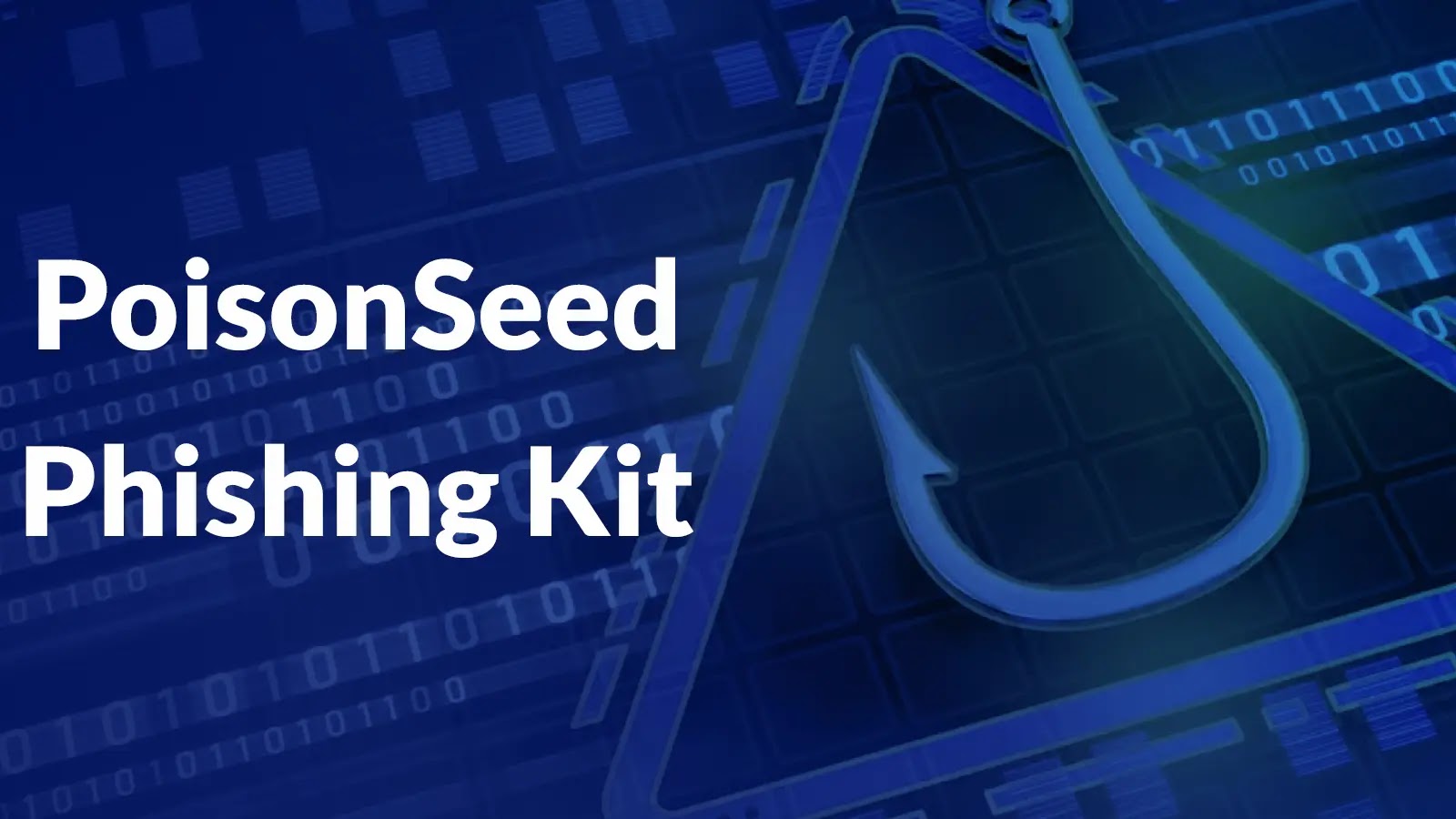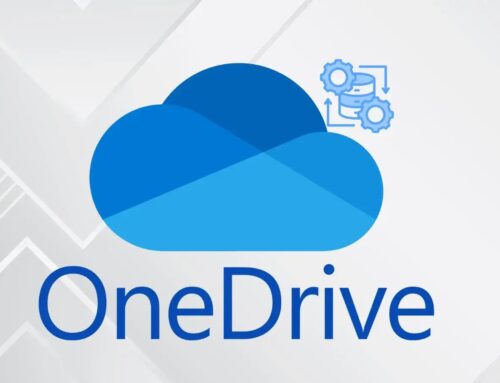
PoisonSeed Phishing Kit Bypasses MFA to Acquire Credentials from Individuals and Organizations
Unmasking PoisonSeed: The Phishing Kit Bypassing MFA to Steal Your Credentials
Modern cybersecurity defenses often pivot on Multi-Factor Authentication (MFA) as a robust barrier against credential theft. Yet, a new threat has emerged, challenging this foundational security layer. The PoisonSeed phishing kit represents a sophisticated evolution in credential harvesting, bypassing MFA to acquire sensitive information from both individuals and organizations. Its emergence demands immediate attention and a re-evaluation of current defensive strategies.
PoisonSeed: An Adversary-in-the-Middle (AiTM) Threat
Unlike conventional phishing attacks that merely attempt to trick users into divulging usernames and passwords, PoisonSeed employs an adversary-in-the-middle (AiTM) approach. This sophisticated technique allows the attacker to intercept live authentication sessions. When a victim attempts to log into a legitimate service, PoisonSeed acts as a proxy, capturing not just the initial credentials but also the subsequent MFA tokens and even session cookies. This effectively nullifies the protection offered by MFA, as the attacker gains access to a valid, authenticated session.
The attack typically initiates with highly targeted spear-phishing emails. These meticulously crafted messages masquerade as legitimate notifications from trusted services or internal departments, luring unsuspecting users to malicious, but convincing, login pages.
How PoisonSeed Operates: A Technical Overview
- Spear-Phishing Lure: Attacks commence with compelling spear-phishing emails designed to mimic legitimate communications, often appearing as system alerts, password reset notifications, or internal memos.
- Malicious Proxy: Upon clicking a link in the phishing email, the victim is redirected to a malicious proxy page controlled by PoisonSeed. This page typically mirrors the legitimate login portal of the targeted service.
- Credential Harvesting: As the victim enters their username and password, PoisonSeed captures these credentials in real-time.
- MFA Interception: Crucially, when the legitimate service prompts for an MFA token (e.g., from an authenticator app, SMS, or FIDO key), PoisonSeed intercepts this token as well. Since the victim is interacting with the proxy, the attacker can then use this token immediately to complete the authentication on the legitimate service.
- Session Cookie Hijacking: After successful authentication on the legitimate service, PoisonSeed also steals the resulting session cookies. These cookies grant the attacker persistent access to the victim’s account without needing to re-authenticate, even after the victim closes their browser.
Implications for Individuals and Enterprises
For individuals, a compromised account via PoisonSeed can lead to devastating consequences, including financial fraud, identity theft, and compromise of personal data across various linked services. For enterprises, the risk is exponentially higher. A successful PoisonSeed attack can grant unauthorized access to:
- Corporate networks and sensitive data
- Cloud applications and infrastructure
- Email systems (leading to further spear-phishing campaigns from within)
- Financial systems and intellectual property
This bypass of MFA fundamentally shifts the threat landscape. Organizations can no longer solely rely on MFA as their primary defense against credential compromise.
Remediation Actions and Proactive Defenses
Mitigating the threat posed by advanced phishing kits like PoisonSeed requires a multi-layered approach that combines technical controls with robust user education.
Technical Controls:
- Phishing-Resistant MFA: Prioritize the deployment of phishing-resistant MFA methods such as FIDO2 security keys (e.g., YubiKey, Titan Security Key). These methods cryptographically bind the authentication to the legitimate site, making AiTM attacks significantly more difficult.
- Conditional Access Policies: Implement stringent conditional access policies based on device health, location, IP reputation, and perceived risk.
- Browser Security: Educate users and enforce the use of secure browsers that offer built-in phishing protection and URL verification features.
- Endpoint Detection and Response (EDR)/Extended Detection and Response (XDR): Deploy and optimize EDR/XDR solutions to detect anomalous login patterns, suspicious process activity, and potential cookie theft on endpoints.
- Email Security Gateways: Enhance email security gateways with advanced threat protection (ATP) capabilities that can identify and block sophisticated spear-phishing attempts, including those using URL rewriting or domain impersonation.
- DNS Filtering and Web Proxy: Utilize DNS filtering and secure web proxies to block access to known malicious domains and categorize suspicious websites.
- Session Management Best Practices: For applications that allow it, implement shorter session timeouts.
User Education and Awareness:
- Advanced Phishing Training: Move beyond basic “don’t click suspicious links” training. Educate users specifically about AiTM attacks, the importance of verifying URLs meticulously (not just the displayed text), and the dangers of entering credentials on unfamiliar pages.
- Reporting Mechanisms: Establish clear and easy-to-use mechanisms for users to report suspicious emails and websites.
- URL Verification: Emphasize the critical importance of checking the full URL in the browser’s address bar before entering any credentials. Users should be trained to look for discrepancies, even subtle ones.
Detection and Mitigation Tools
A proactive security posture includes leveraging appropriate tools for both prevention and detection of advanced phishing attacks.
| Tool Name | Purpose | Link |
|---|---|---|
| Microsoft Defender for O365 | Advanced phishing detection, email analysis, safe links | Microsoft.com |
| Phishing-Resistant MFA (e.g., FIDO2 keys) | Hardware-based multi-factor authentication resistant to AiTM | Fidoalliance.org |
| Proofpoint Email Protection | Advanced threat protection for email, URL defense, attachment sandboxing | Proofpoint.com |
| CrowdStrike Falcon Insight XDR | Endpoint detection & response, behavioral analysis to detect post-compromise activity | Crowdstrike.com |
| Cisco Umbrella | DNS-layer security, web gateway, malware and phishing domain blocking | Cisco.com |
Conclusion
The PoisonSeed phishing kit signifies a critical evolution in cyber threats, demonstrating that even strong MFA implementations can be circumvented by sophisticated AiTM attacks. Relying solely on traditional MFA is no longer sufficient. Organizations and individuals must adopt more robust, phishing-resistant authentication methods, coupled with advanced email and endpoint security solutions, and ongoing, targeted security awareness training. Understanding the mechanisms behind AiTM attacks like PoisonSeed is the first step toward building truly resilient cyber defenses.





